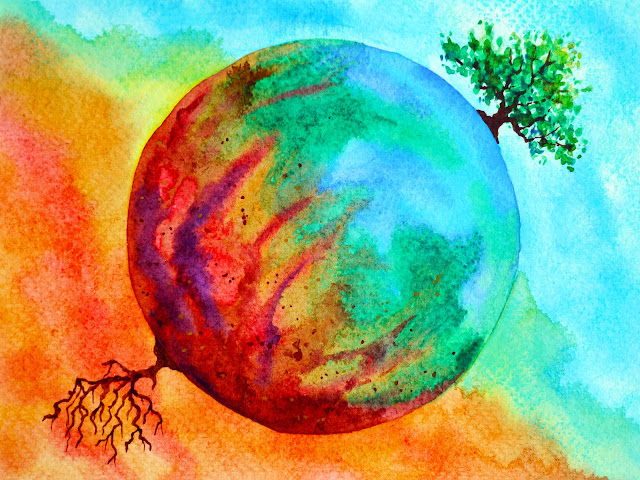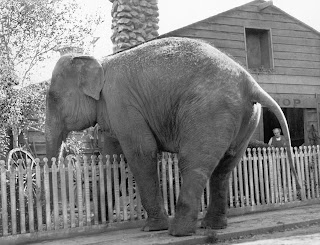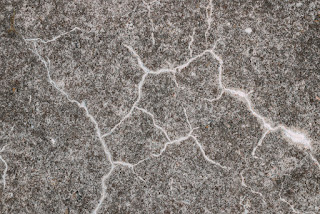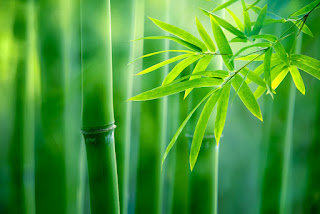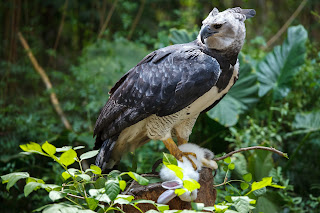Vegetable and fruit byproducts don't need to be wasted as they can be put to good use

Food security is a huge issue, with 828 million people being unsure what they will be able to eat next. This is especially bitter considering an estimated 14% of the world’s food is wasted between harvest and retail, and an estimated 17% is wasted in or after retail. One source of food waste before retail are by-products: leftovers from the growing and processing of harvested food. 44% of these by-products consist of vegetable and fruit by-products. These by-products have many beneficial properties, such as being able to prevent cancer and diabetes, and having great nutritional value. So, it would be great if we could use these byproducts too. And good news: we can in many ways! In this article, I explain how: https://medium.com/the-environment/4-examples-of-putting-vegetable-and-fruit-by-products-to-good-use-86b1fae88fbf Vegetable and fruit by-products can be put to good use in many ways, for example for ice cream (credit: Rimma Bondarenko on Shutterstock ...
